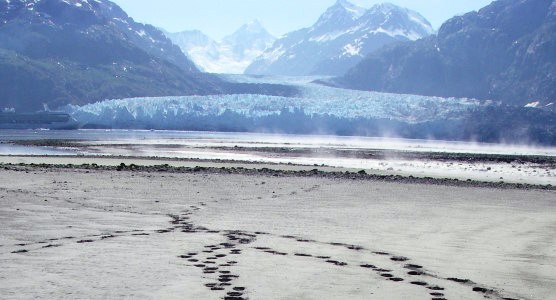
Bears usually leave ample evidence after passing through an area, including tracks, feces or "scat," grazed plants, trails, rubbed trees, digs, and day beds. Bear scat often contains identifiable remnants of the bear’s last supper such as grass, berries, seeds, fish bones, or hair 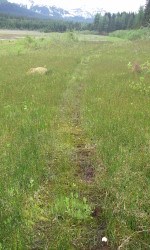
Bear Trails 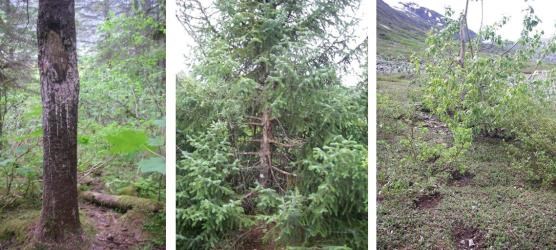
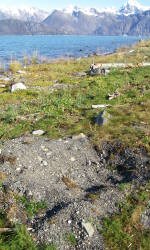
Day Beds Day beds are usually located so the bear has a good view of the surrounding area, and they often are surrounded by several scats that the resting bear left. The presence of many day beds in close proximity can be a sign that a rich food source is nearby, such as a sedge meadow or salmon stream. Day beds are sometimes referred to as “belly holes” because bears dig them to accommodate their girth – the bigger the belly, the bigger the hole! 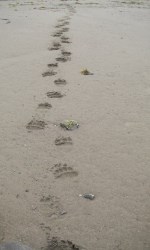
Travel Routes |
Last updated: April 14, 2015
